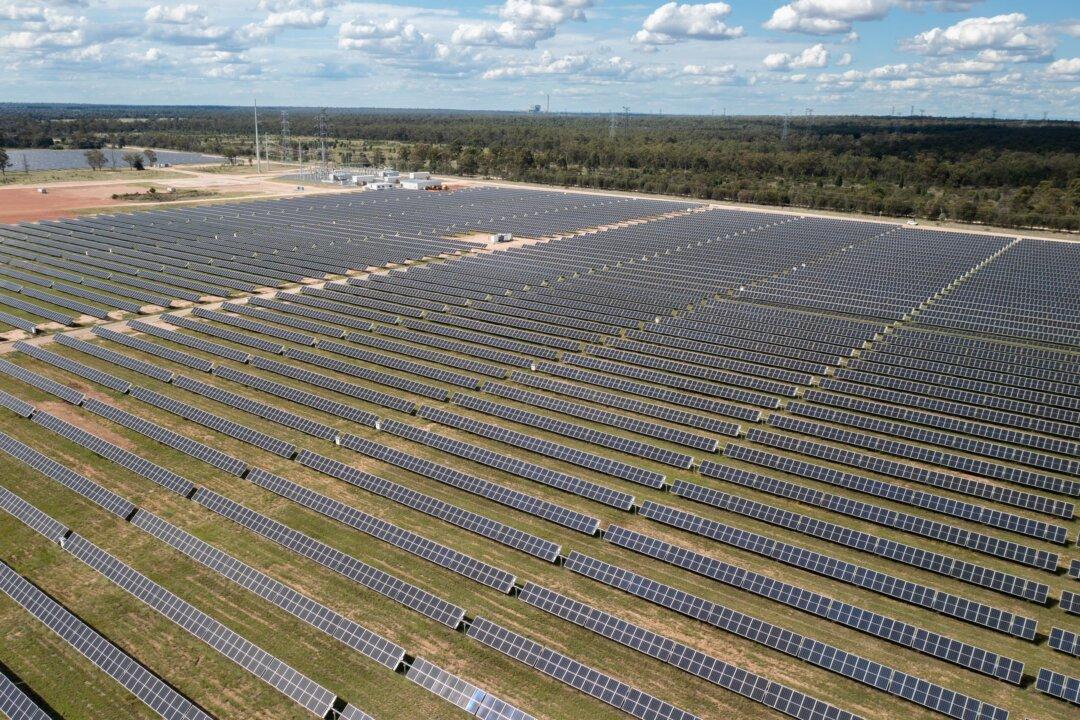A huge solar farm in Queensland, which boasts over one million solar panels, is in the final steps of preparation before coming online.
On April 5, Queensland Premier Annastacia Palaszczuk visited the Western Downs Green Power Hub to see the project complete its construction phase.





